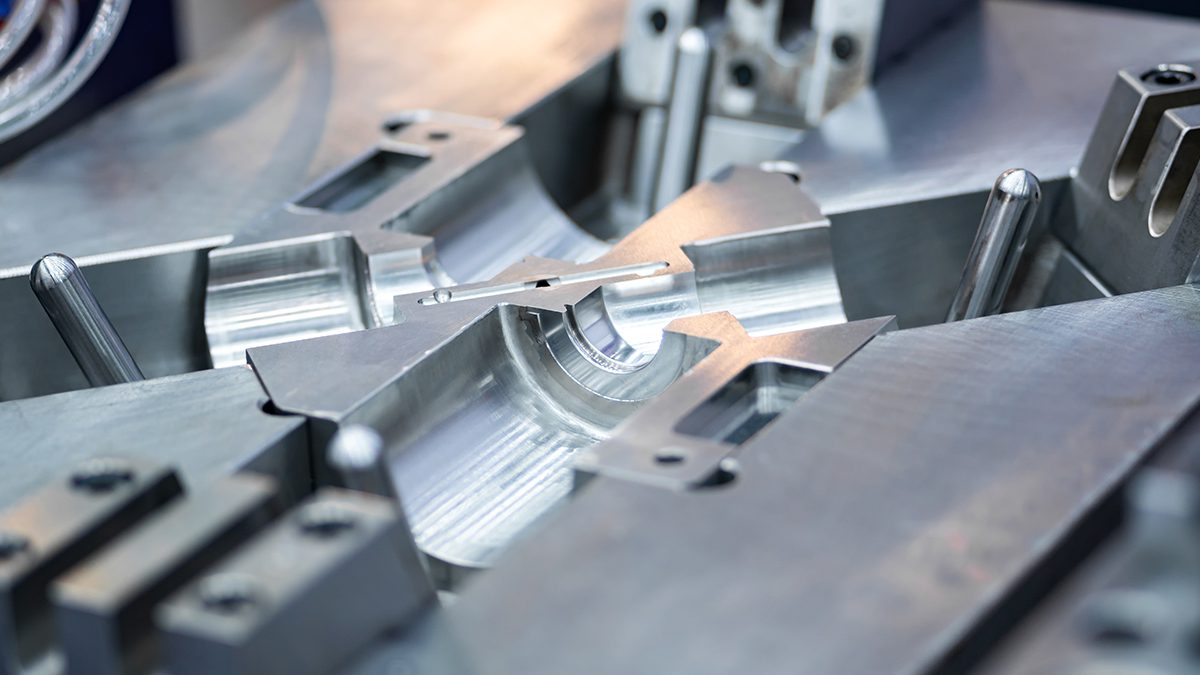Risk factors for stamping operations
According to the analysis of the cause of the accident, the dangers in stamping operations mainly include the following aspects:
Dangers of equipment structure
Some stamping equipment uses rigid clutches. This is the use of a cam or coupling key mechanism to engage or disengage the clutch. Once engaged, it must complete a cycle before it stops. If the hand cannot be pulled out of the mold in time during the downstroke in this cycle, a hand injury will inevitably occur.
Device movement out of control
The equipment will also be subjected to frequent strong shocks and vibrations during operation, causing some parts to be deformed, worn, and even broken, causing the equipment to run out of control and cause a dangerous continuous collision accident.
Switch failure
Malfunction of the switch control system of equipment due to human or external factors.
The danger of mold
The mold is responsible for the main function of machining the workpiece and is the centralized release part of the energy of the entire system. Unreasonable or defective mold design can increase the possibility of injury. Defective molds may cause accidents under normal operating conditions due to wear, deformation, or damage.
Safety technical measures for stamping operations
Use security tools
When operating with safety tools, use a special tool to put a single blank into the mold and take out the punched parts and waste materials to achieve extra-mold operation, avoid directly reaching between the lower mold mouth with your hands, and ensure human safety.
Use manual tools with low labor intensity and flexible and convenient use. At present, the safety tools used are generally designed and manufactured according to the operating characteristics of the enterprise. According to its different characteristics, it can be roughly summarized into the following 5 categories: elastic clamps, special clamps (calipers), magnetic suction cups, vacuum suction cups, pneumatic chucks.
Protective measures for mold work area
The content of mold protection includes: setting protective plates (covers) around the mold; reducing the dangerous area and expanding the safety space by improving the mold; setting up mechanical feeding and discharging devices; instead of manual feeding and discharging, the operator’s hands are separated from the die Outside the danger zone, implement operation protection. Mold safety guards should not increase labor intensity. The practice has proved that the use of composite molds, multi-station continuous molds instead of single-process molds, or the establishment of mechanical feeding and discharging mechanisms on the molds to achieve mechanization and automation can achieve improved product quality and production efficiency, reduce labor intensity, and facilitate operation 1. The purpose of ensuring safety is the development direction of stamping technology and the fundamental way to achieve stamping safety protection.






